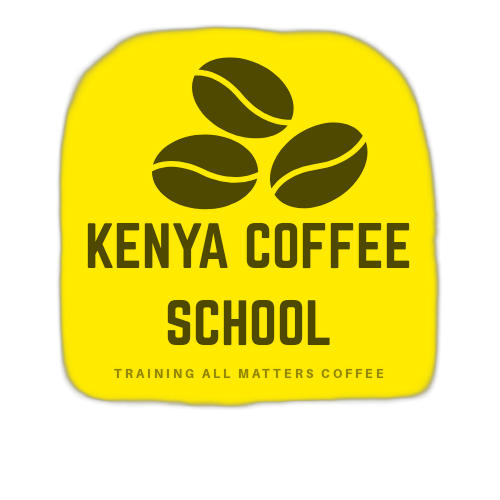The concept of building walls without cement, using recycled and low-carbon materials, directly aligns with the Circular Economy principles being promoted by organizations like the Kenya Coffee School (KCS).
The circular economy in the coffee sector focuses on turning “waste” into valuable products, and construction materials are a major opportunity.
Here is how the concepts relate:
♻️ Circular Economy in Kenyan Coffee
The Kenya Coffee School (KCS), particularly through its G4T (Good for Trade) Certification and Barista Mtaani programs, champions a circular economy model to transform the massive amounts of waste generated by coffee production.
- The Waste Problem & The Opportunity
Coffee processing generates significant waste, primarily:
- Coffee Pulp: The fleshy outer layer of the coffee cherry.
- Coffee Husk (or Parchment): The dry skin stripped off the bean.
- Spent Grounds: Used grounds from brewing.
Traditionally, these are discarded, creating a major pollution problem in rural Kenya. The circular economy model mandates transforming these byproducts instead of disposing of them.
- Waste-to-Resource Pathways
The new cement-free building material—made of soil, water, and discarded cardboard—can be extended by incorporating coffee waste, which is already a focus of Kenyan sustainability efforts.
Waste Product Circular Economy Application (Kenya) Relevance to Low-Carbon Construction
Coffee Husk Ash (CHA) Used as a Supplementary Cementitious Material (SCM), replacing a portion of Portland cement in concrete pavers and blocks. It reduces the demand for cement (lowering \text{CO}_2 emissions) while improving the mechanical properties of road subgrades and soils.
Coffee Pulp/Husks Processed into fuel briquettes/pellets or used in compost for farming. The briquettes offer a renewable energy source for kiln drying other construction materials (like bricks) or as alternative cooking fuel, reducing deforestation.
Spent Coffee Grounds (SCG) Used as a substrate for mushroom cultivation, or for producing biofuels/bioplastics. While not yet a major structural component, its utilization offsets other carbon-intensive activities, reinforcing the zero-waste goal of the circular model.
🤝 The Direct Connection to Innovation
The link between the low-carbon building mix and the Kenya Coffee School’s vision is one of shared philosophy:- Challenging the Linear Model: Just as the cement-free wall challenges the “take-make-dispose” model of conventional construction, the KCS Circular Economy rejects the “waste-to-landfill” model of coffee production.
- Valorization of Local Waste: The cement-free wall uses local soil and discarded cardboard. In a coffee-growing region, the next logical step is to use the most abundant, problematic local waste—coffee husks and pulp—to enhance or stabilize these low-carbon building mixes, or as a partial cement replacement.
- Training for the Future: KCS trains a new generation of professionals in sustainable practices, creating the knowledge base and entrepreneurial capacity needed to develop, implement, and commercialize these waste-to-wealth construction solutions across Kenya.
The ultimate goal of both the material innovation and the KCS program is the same: to create a sustainable, affordable, and less polluting system for essential economic activities (housing and coffee).
